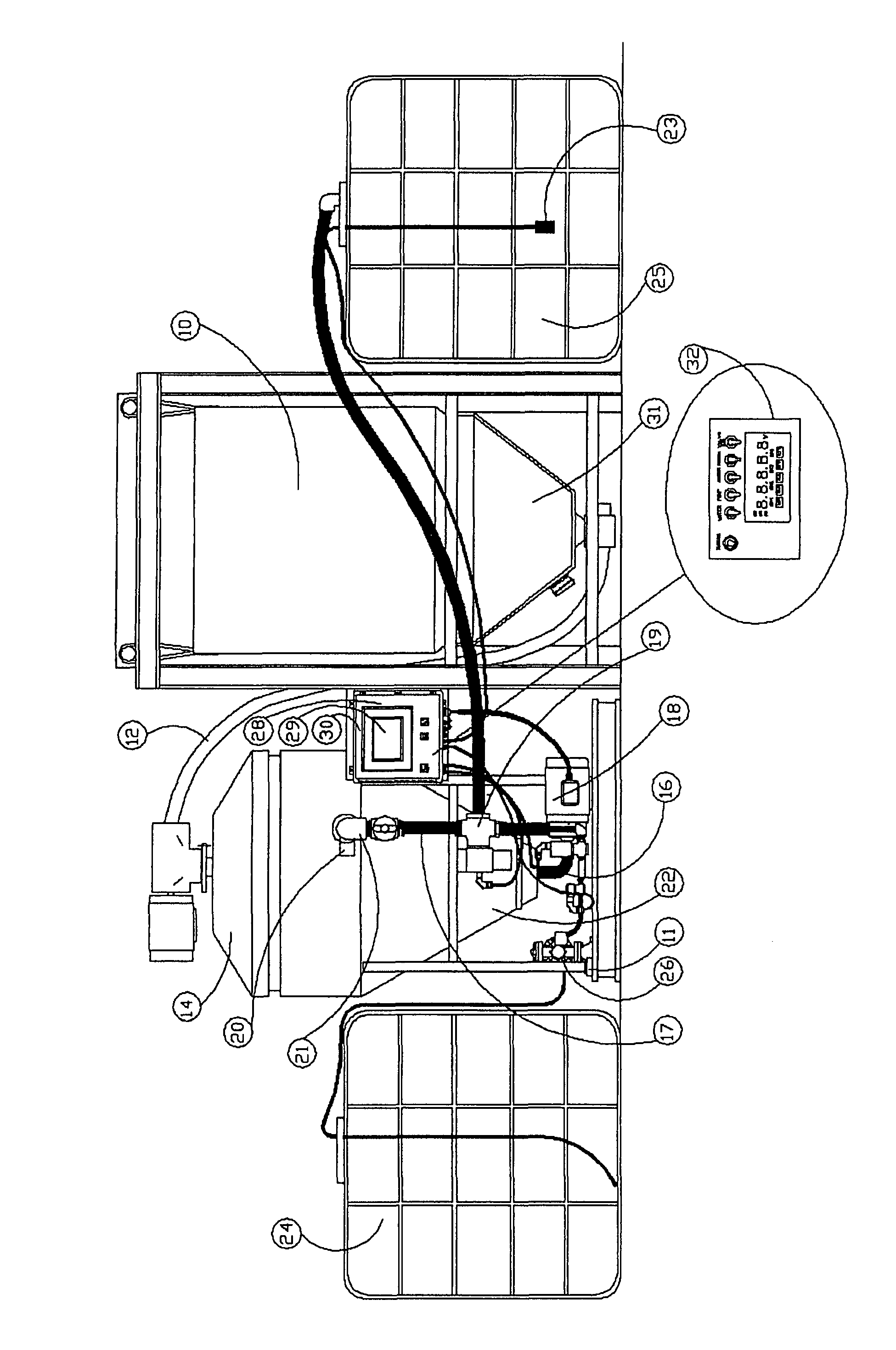Method for dissolving polyvinyl alcohol particles into aqueous media using high shear
- Summary
- Abstract
- Description
- Claims
- Application Information
AI Technical Summary
Benefits of technology
Problems solved by technology
Method used
Image
Examples
example
[0103]As described above, in one embodiment of the present disclosure, polyvinyl alcohol particles are dissolved in water without the use of external heat. The following example demonstrates some of the features and aspects of this process.
[0104]In this example, the general method used to dissolve polyvinyl alcohol (PVOH) involved mixing polyvinyl alcohol and water. The PVOH was added to the water while the liquid was agitated with a high shear mixer. No external heat was added to the mixture during the process though the temperature increased slightly due to the intensive mixing. Optionally, a defoamer, a dispersant, prilled urea, or any combination thereof was added to the mixture as well. Each sample was mixed in the same manner, and the data for individual samples (1-38) can be found in the tables below.
[0105]In the samples below the following polyvinyl alcohol products were used. The following polyvinyl alcohol products are commercially available from the Celanese Corporation o...
PUM
| Property | Measurement | Unit |
|---|---|---|
| Temperature | aaaaa | aaaaa |
| Temperature | aaaaa | aaaaa |
| Temperature | aaaaa | aaaaa |
Abstract
Description
Claims
Application Information
 Login to View More
Login to View More - R&D
- Intellectual Property
- Life Sciences
- Materials
- Tech Scout
- Unparalleled Data Quality
- Higher Quality Content
- 60% Fewer Hallucinations
Browse by: Latest US Patents, China's latest patents, Technical Efficacy Thesaurus, Application Domain, Technology Topic, Popular Technical Reports.
© 2025 PatSnap. All rights reserved.Legal|Privacy policy|Modern Slavery Act Transparency Statement|Sitemap|About US| Contact US: help@patsnap.com

